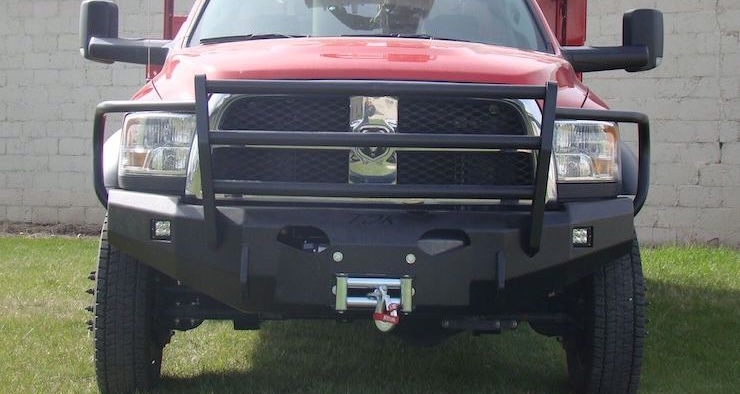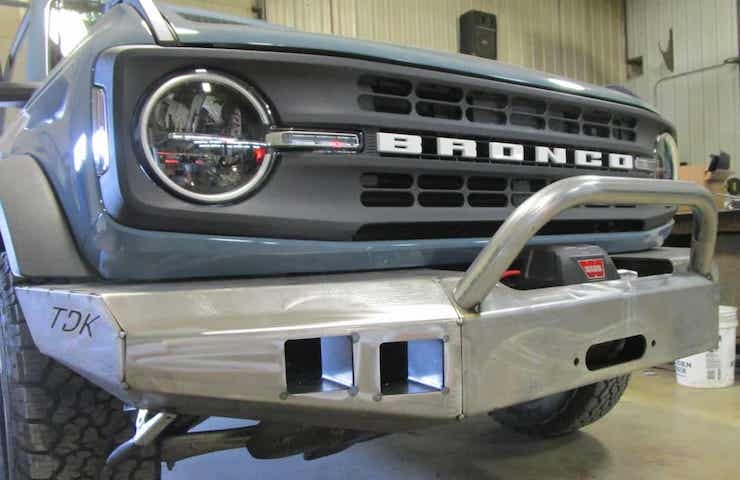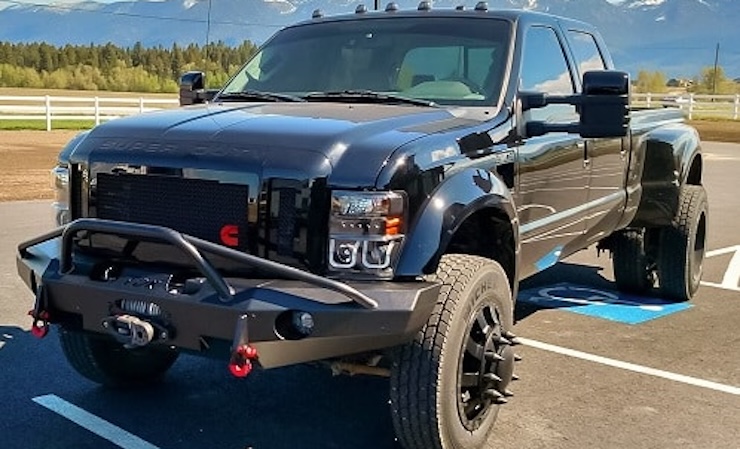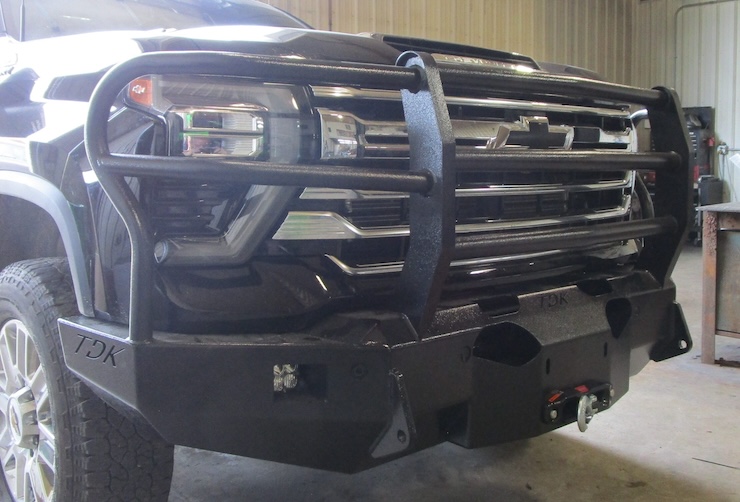A winch is one of the most useful accessories you can add to your Jeep, truck or SUV. But it needs to be the right size, or you will just be wasting your time and money.
To help you avoid an expensive mistake or potentially getting stuck out on a trail, we show you how to pick the right winch size.
Deciding Which Winch Suits Your Needs

There are many benefits to installing a winch on your off-roader. Aside from being able to get out of tough situations, you can help others out of a tight spot, too. But first, you need to make sure you pick the right one.
The most obvious reason for getting a winch is to be able to pull yourself out of a tight situation. But it has several other benefits too:
- Longer rope length than a pull strap
- Can venture out solo – no need for a tow vehicle
- Allows for a more controlled recovery
- Assist other vehicles
- You can attempt harder trails
There are hundreds of aftermarket winches available. With pull ratings from as little as 2,000lbs to 18,000lbs and more. It’s always a good idea to have some extra capacity in an emergency, but bigger is not always better. Your vehicle and what you intend to use it for are also important factors to consider.
Factors Influencing Winch Size

- Vehicle weight
- Pull angle and length
- Terrain surface
- Pull type
- Battery capacity
The most important consideration is the weight of your vehicle. This is referred to as the Gross Vehicle Weight or GVW. It includes the mechanical components and the occupants and cargo onboard. It is recommended that your winch should be able to pull 1.5 times the GVW.
So, if your vehicle (with all occupants and cargo) weighs in at 5,000 pounds, the winch should be able to pull 7,500 pounds.
If you are pulling another vehicle out of a ditch, make sure its GVW does not exceed the maximum pulling capacity of the winch either. And remember, pulling your vehicle out of sand or up an incline will put far more strain on the winch than if you were to do it on a hard, flat surface.
You may also see steel and synthetic cable options. Steel is more durable and less prone to fraying. Synthetic rope is lighter, more flexible, and won’t rust. Once again, the option you choose depends on where and how you will be using your winch.
One last detail to check before you make your decision is the capacity of your battery. Winches draw a lot of current, especially when first starting a pull. Make sure your battery is sized appropriately.
Do You Need To Upgrade Your Bumper?

Once you’ve selected the perfect size winch for your vehicle, it needs to be fitted to a suitable bumper. Equipping the perfect winch to a sub-par bumper is not going to end well. You need a rugged bumper with sturdy mounting points to ensure you can make the most of your winch’s capabilities.
It’s not only metal thickness that matters, though; a high-quality bumper needs to have solid welds and excellent rustproofing, too. That’s why DIY bumpers can never match a professionally built custom bumper. Upgrading your bumper has many other benefits:
- Enhance off-road protection
- Offers extra recovery points
- Allows for extra LED lighting
- Increases tire clearance
Depending on the vehicle and bumper configuration, you can choose from a range of Warn VR EVO winches. We offer both synthetic and steel cable options with 8,000 to 12,000 lb pull ratings. Some of our most popular TDK bumpers with winch mountings are listed below.
- 1997-2006 Jeep Wrangler TJ Bumper
- 2007-2018 Jeep Wrangler JK/JKU PreRunner Bumper
- 2016-2021 Nissan Titan XD PreRunner Bumper
- 2019-2021 Mercedes Sprinter Van Mayhem Bumper
Throttle Down Kustoms Winches And Bumpers

Throttle Down Kustoms has been making quality bumpers since 2004. Certified professionals hand-weld each bumper, frame, skid plate, or accessory.
They are designed and built right here in the USA with the highest-quality materials. We also do custom fabrication and offer a lifetime warranty on our products. Contact us here for more information on our high-quality products.
